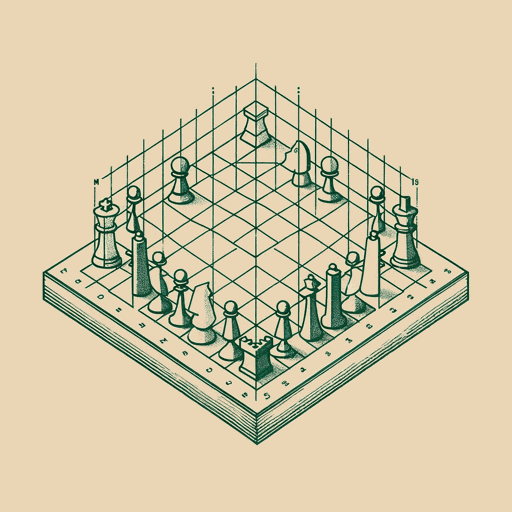63 pages • 2 hours read
Avinash K. DixitThinking Strategically: The Competitive Edge in Business, Politics, and Everyday Life
Nonfiction | Book | Adult | Published in 1991A modern alternative to SparkNotes and CliffsNotes, SuperSummary offers high-quality Study Guides with detailed chapter summaries and analysis of major themes, characters, and more.
Themes
Sequential Games Versus Simultaneous Games
The overriding theme of Thinking Strategically is that interactions between people can be thought of as games that can be analyzed and played scientifically through the use of game theory. This theory divides games into several types, and for each type there are specific strategies that, if played correctly, increase the player’s chances of success.
Many solo activities—for instance, planning the best travel route to a city, or scheduling the day’s activities—also can be thought of as games. The book, however, focuses almost entirely on games between people. These include everything from card games and dating strategies to business decisions, politics, international relations, and war. Games can be cooperative or competitive, or some combination of both.
In some games, moves are made sequentially—one side moves, then another. Examples include tennis and other sports in which opponents take turns; business tactics, where one company announces a price discount and other companies respond in kind; and warfare, in which one side moves its forces and the other responds by repositioning its own units.
Sequential games can be analyzed with “game trees,” charts that show the possible responses to a given move as branches that extend into more branches for the counter-responses, and so on to the end of the game.

